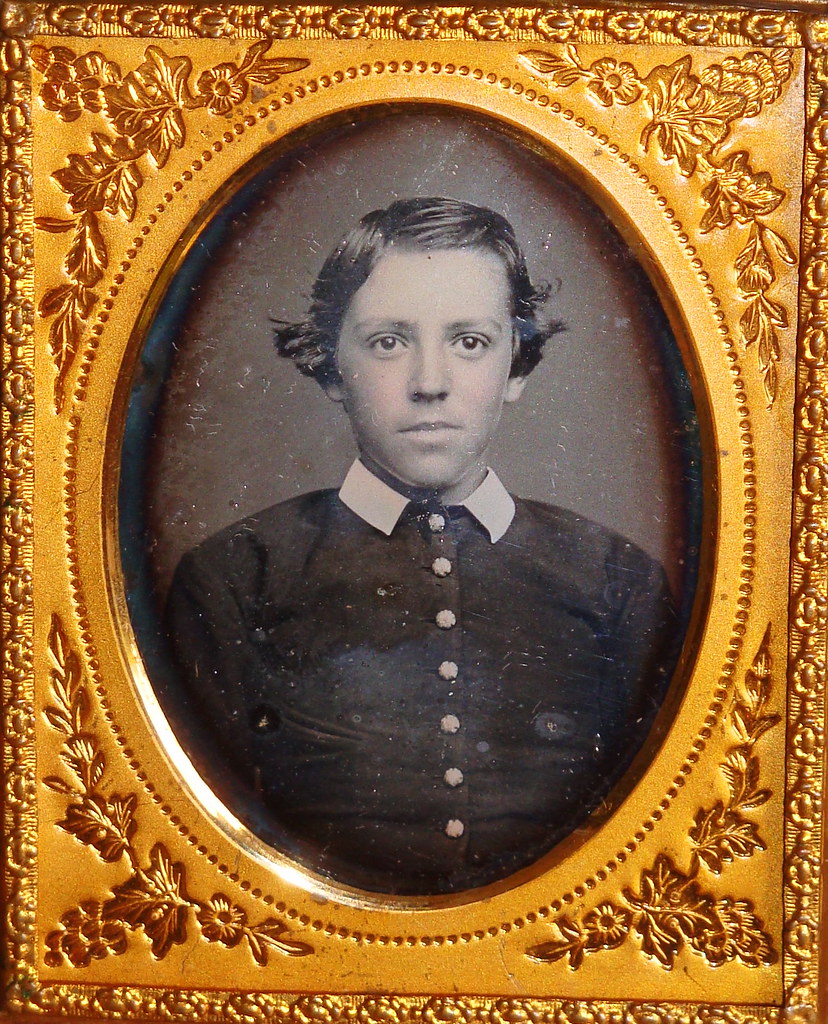Carriers’ New Year Messages—“often tip the newsboy”
The library at Brown University has a website devoted to those broadsides, though almost all are from the early 1800s and not the Revolutionary era. In addition to good digital images of those pages, the site includes helpful introductory essays by Mary T. Russo and Leon Jackson.
Jackson’s essay, which was also published in Common-Place, explains the form in both literary and commercial terms:
The typical newspaper carrier’s New Year’s address—as they were known—began with a salutation to the customer; mythologized the newsboy as the embodiment of Hermes or Mercury, messenger to the Gods; summarized the news of the year in brisk and vivid couplets; and concluded with a plea for money. Appearing first in the 1720s in sporadic numbers, the vogue for addresses caught on in the 1760s, and by the end of the eighteenth century almost every newspaper issued one. . . .TOMORROW: A few lines from the boys of the Independent Chronicle.
The challenge of the addresses lay in identifying precisely the sort of economic arrangement of which they were a part. Was it a form of extortion, a kind of gift exchange, an instance of charity, a variety of purchase, or some other part of the economic repertoire? . . . The monies associated with carriers’ addresses…were not quite a payment for delivery, since this was included in the cost of the paper; they were not quite charity, since something was given as well as received; and they were not extortion, because of the ongoing nature of the relationship between the carrier and the customer, both of whom knew one another; yet they could not be considered gifts either, since they were not exchanged between equals but given to lower-class men by their social betters. The concept of the tip would seem to capture perfectly the nature of the carriers’ transaction in its ambiguity, its scripted, ritualized nature, its awkwardness, and its potential for social transgression, and I was at first quite happy to call the money the carriers’ received tips. That seemed easy enough.
The only problem is that even though the word tip was used in its modern sense as early as 1733, at precisely the same time that the carriers’ addresses were starting to appear, tip does not appear in even one of the seven hundred or so addresses at which I looked. The money for which the carriers asked was, rather, described as a “boon,” a “bounty,” “a gift,” a “blessing,” “a present,” “a reward,” a form of “charity,” and much else. Indeed, every economy other than tipping was invoked. This surfeit of names led me to three provisional conclusions. Firstly, even as they bestowed addresses on their customers, the carriers were seeking to define the transactions in which they were engaged in terms of economies other than tipping. Secondly, such acts of economic designation obscured the precise—which is to say tipping—nature of the transactions in question. And lastly, this obfuscation was designed to give what was essentially a discretionary bestowal the force of an obligatory act. While tipping, in essence, demanded something for nothing, the economic labels invoked by the carriers’ addresses, as one of them explained, required “something for something.” . . .
In eighteenth-century America, Christmas gift exchange was marked by a powerful reciprocity: one gave a present and received one back, or on the other hand, one received a present and then offered a counter-gift. In arguing that what they were due from their customers was nothing more than a gift well-earned and deserved, the carriers often described a number of gifts they had, or would, offer in return. Typically, the carriers pointed to the broadside poem itself, which they depicted as a gift to their patrons and for which they expected a gift of money in return. . . .
The carrier for the 1791 Baltimore Gazette exploited the reciprocity inherent in this form of exchange still more when he concluded his address by writing,
Then Masters kind reward the Boy,His careful use of syntax helps to obscure whether the gift that will not be refused is the broadside the carrier is handing to his customer or the money the customer is giving him in return.
Whose labours brings the News
To oblige you is his chief employ
The GIFT you’ll not refuse.
More common still was the practice of making the traditional seasonal gift of a blessing. “I wish you a happy new year,” wrote one Massachusetts diarist in 1838, “is sounded from all most all lips.” Benedictions likewise run rampant through the carriers’ addresses, in which customers receive an endless barrage of May you alwayses, May you nevers, and May you oftens. A typical carriers’ blessing took the form of the hope that the customer would always be rich, never be poor, and often tip the newsboy.






.jpg)











